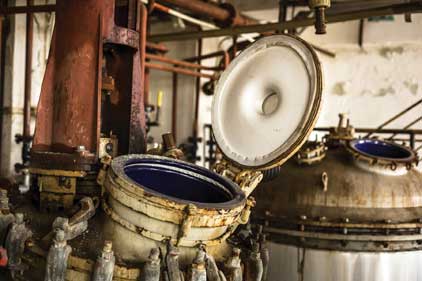“In the worst cases, the equipment has essentially been abandoned,” writes author Robert Wasileski, whose article is titled, “Retired & Dangerous, Out-of-Service Equipment Hazards.” “Hazards associated with these situations can present imminent risks, or facilitate the gradual development of unforeseen risks over time.”
That’s especially true for flammable and combustible material that is left to reside inside abandoned equipment. When these materials are accidentally released from containment, vapor cloud explosions, flash fires and pool fires become imminent threats, Wasileski writes.
Companies are encouraged to form a robust out-of-service equipment (OOSE) program that addresses risk management strategies for both existing and future situations in the following categories:
• Field Identification – tag equipment and catalog information in a database
• Cataloging & Categorization – the electronic database allows the OOSE inventory to be cataloged, along with relevant data pertaining to the equipment’s status and condition
• Hazard identification & Risk Evaluation – using screening instruments developed at the start of the OOSE project permits staff to collect key inputs that are later needed to make decisions regarding risk
• Inspection, Testing & Preventive Maintenance – it remains necessary to conduct planned, periodic inspections of decommissioned and mothballed equipment that has
not been
dismantled
Read this article at: http://www.asse.org/professionalsafety/pastissues/059/07/F2Wasileski_0714Z.pdf



